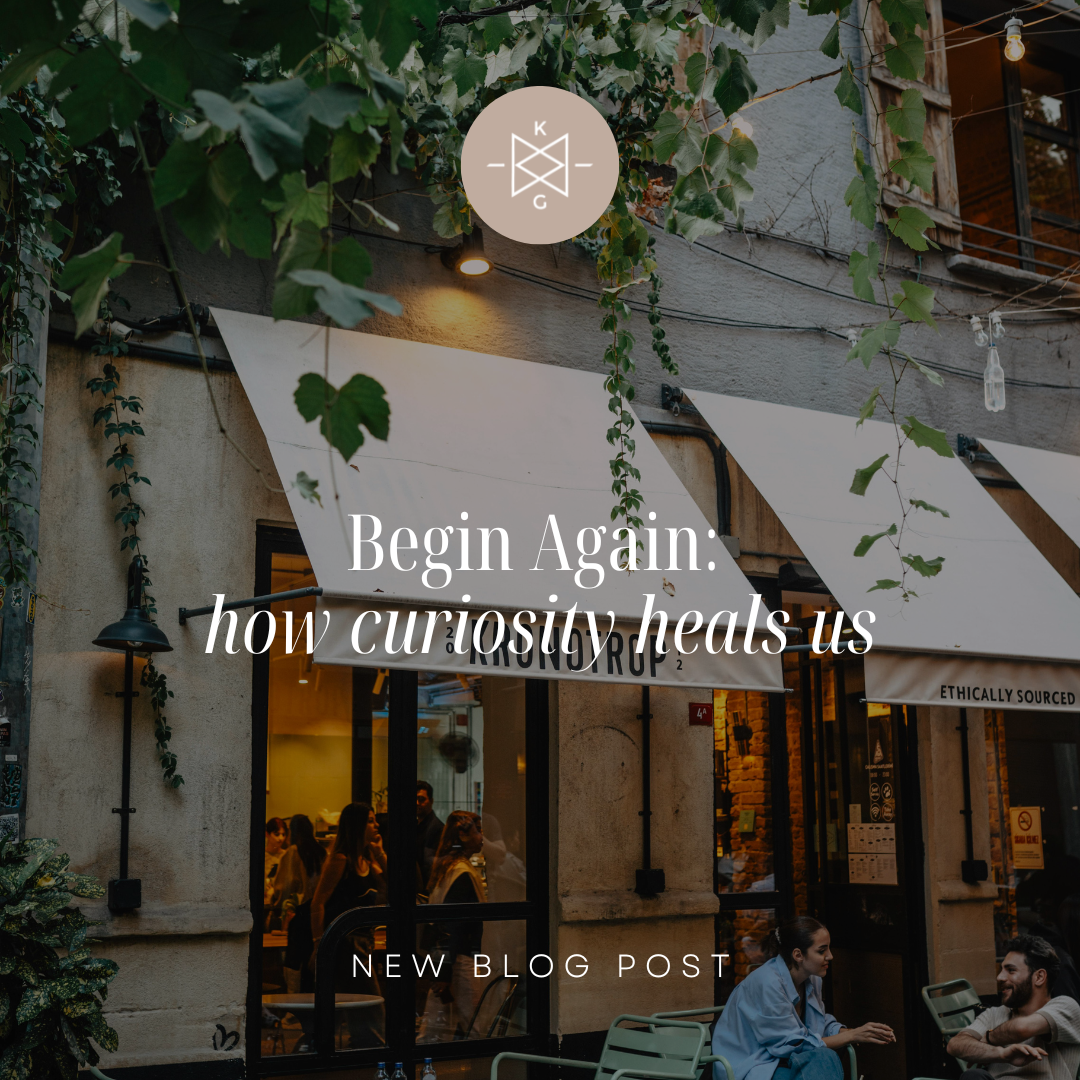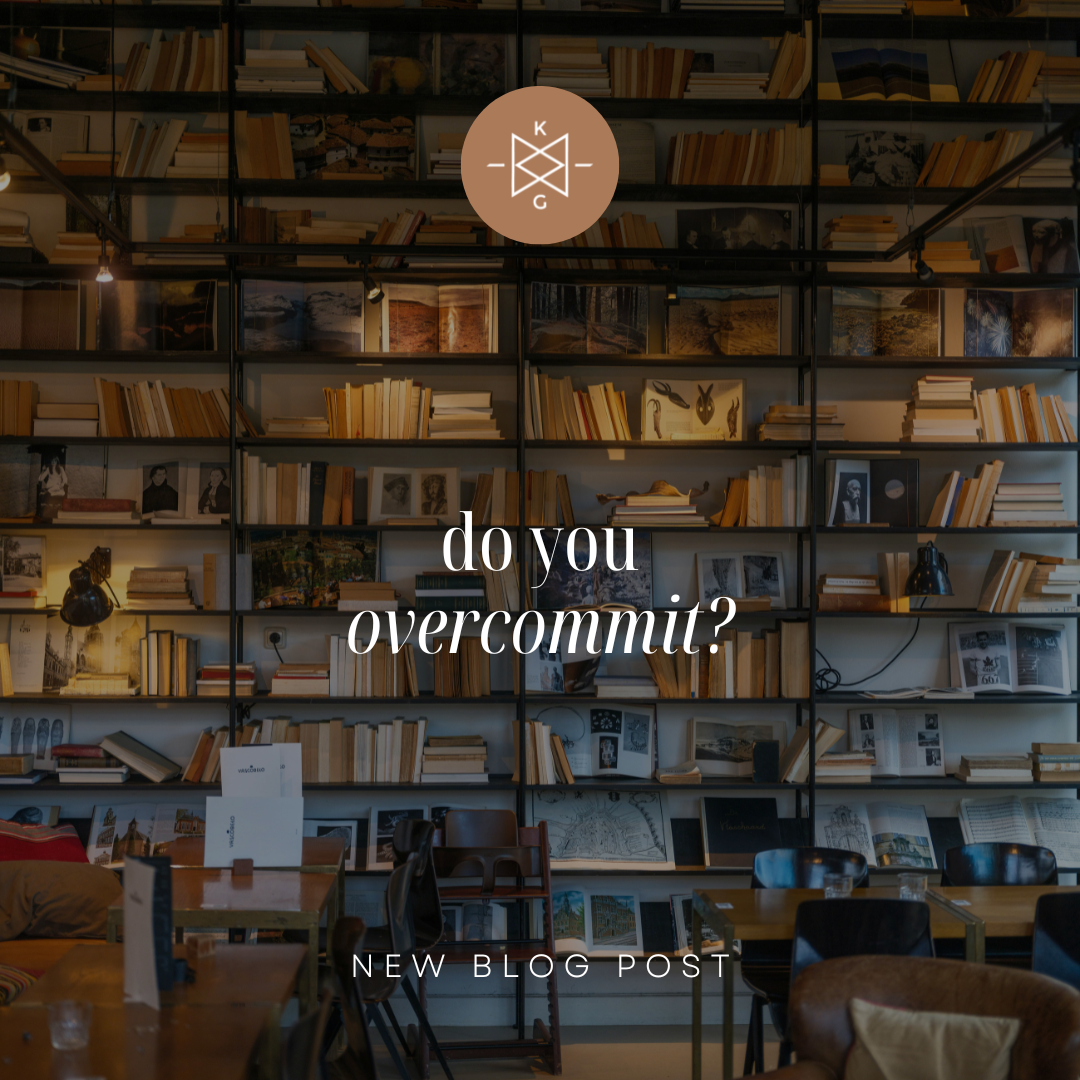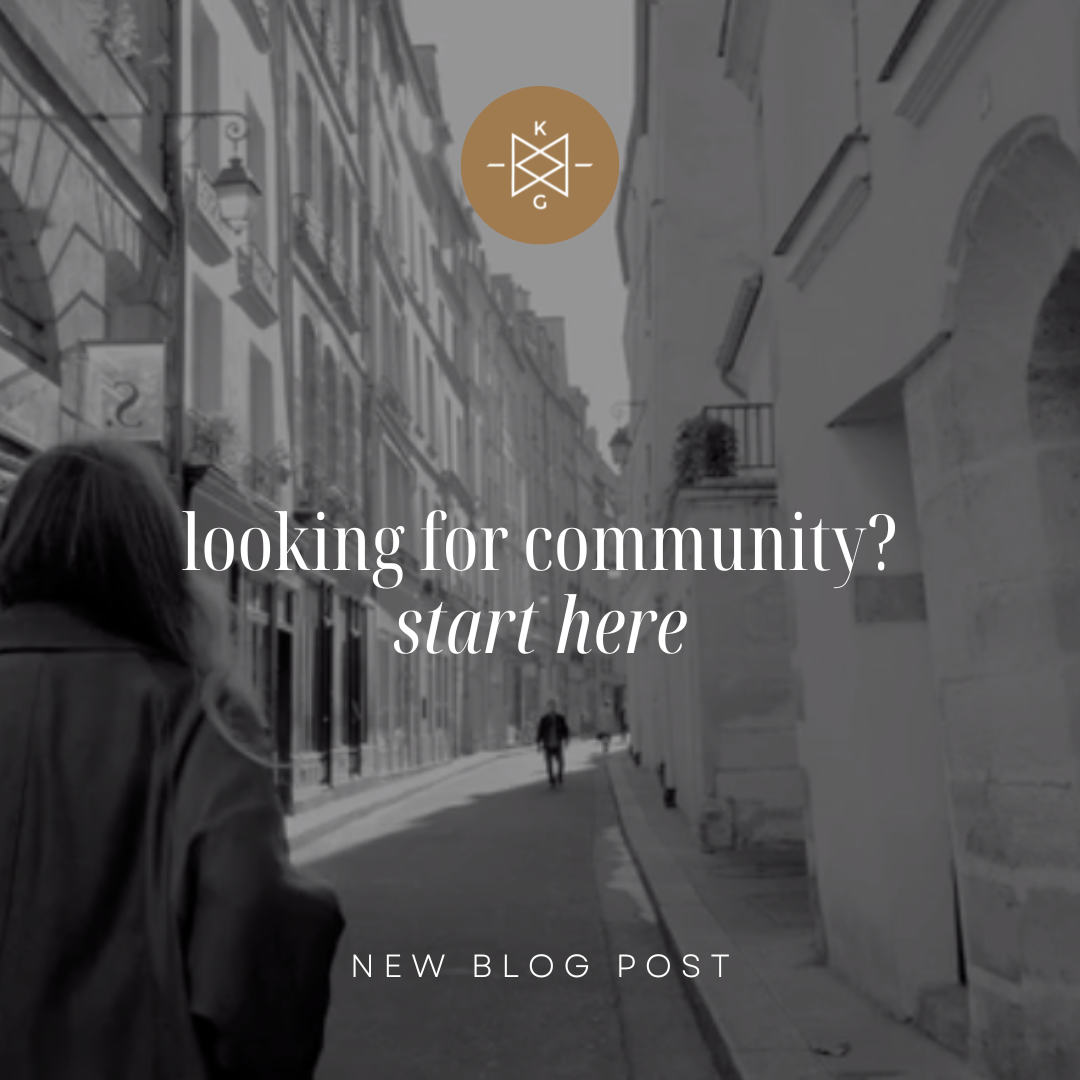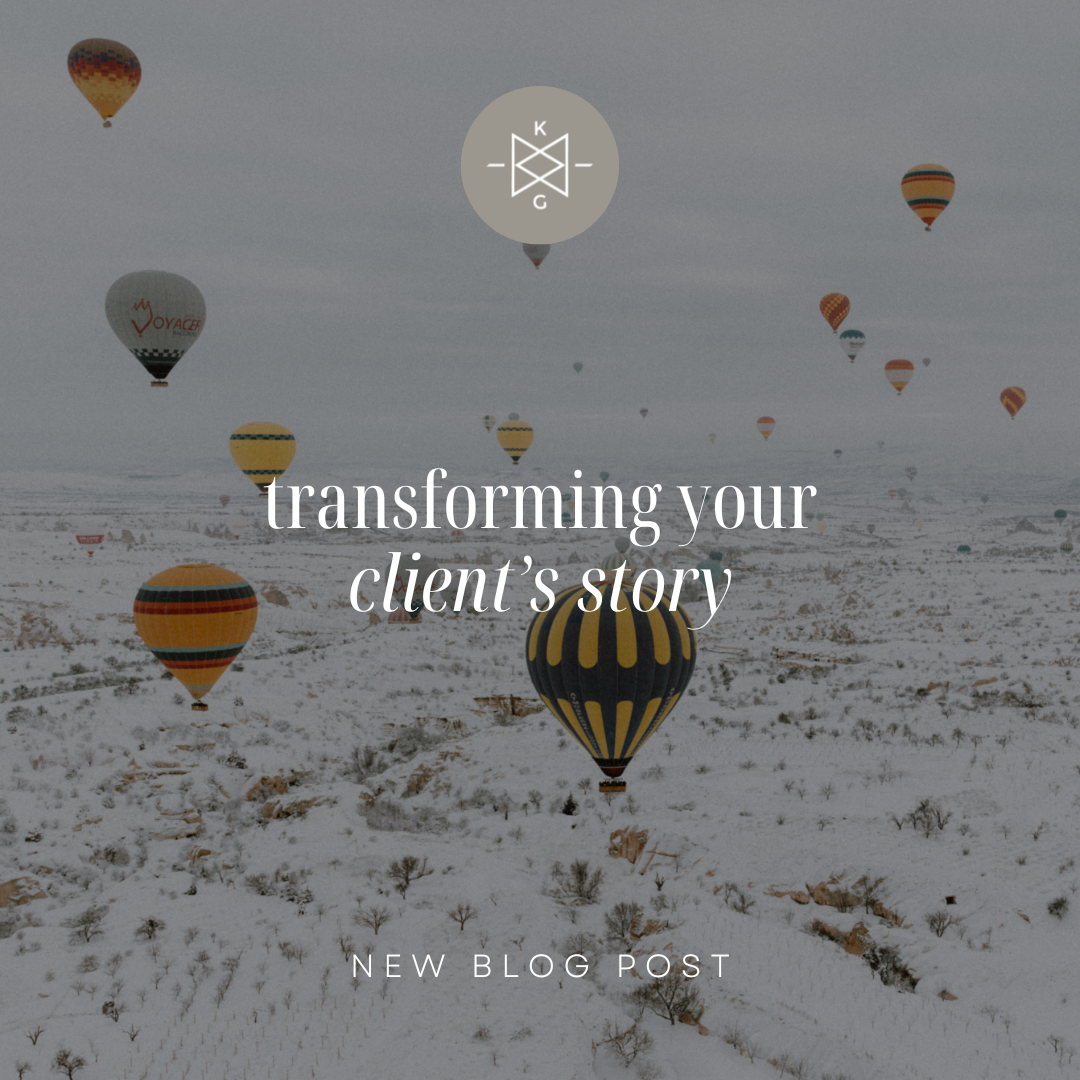
The Blog
Recently Featured
All Blogs
Integrating Somatic Intelligence in Therapy
“Your mind, emotions and body are instruments and the way you align and tune them determines how well you play life.”
- Harbhajan Singh Yogi
One of my favorite things about the Enneagram is its holistic capacity to bring balance and integration to our overall experience. I’ve heard it described as a psycho-spiritual tool, one that provides benefits on a psychological and spiritual plane. It definitely does this. However, if we dismiss the rich insight the Enneagram provides to us on a somatic level, we are missing out on the gifts it can bring to our total embodiment day after day.
You may have heard about the concept of three intelligence centers: body, heart, and mind, frequently taught in enneagram circles. Basically, this proves that we are actually three-brained beings (heart, body, mind) instead of one-brained beings (mind), as has been elevated in our modern western world. Emotional intelligence has made a big splash in the last 50 years or so, yet somatic intelligence has not been as accepted until now. Thankfully, recent scientific studies are finally catching up to this wisdom of the Enneagram by proving we have neural cells not just in our brains, but in the lining of our stomachs and hearts. Crazy, right?
I recently had the opportunity to sit down with Terry Saracino, core faculty member of the Narrative Enneagram (and my teacher…pinch me!) to talk about the somatic approach unique to the Narrative Tradition. Terry is lovely and brilliant and is as passionate today about this system as when she first learned about it in 1989.
She describes this dynamic approach to understanding ourselves through the lens of the Enneagram, and really unpacks this often forgotten intelligence center of the body. Interestingly, our bodies are always in the present moment. Our hearts and minds can be all over the map, future-tripping and stuck in the past, but our bodies ground us in the present moment if we are willing to bring greater awareness to them. Our bodies are the experiencer of our Enneagram type patterns of thought and emotion, so we must lean on them for greater insight and support in our day to day experience.
Many of us are wildly disconnected from this somatic, or kinesthetic wisdom. And one of the trillion things I love about the Enneagram is it’s all about bringing balance and openness where there is imbalance and contraction.
When we do the work of the Enneagram, we discover our personality type and deeper character structure are held into place by our type’s emotional patterns, thought patterns, and somatic profile.
I love getting to work with clients to bring awareness to this unique type-specific picture and begin to relax these often limiting patterns. As we relax those conditioned patterns, we are able to open up to the true, or unconditioned self that has been buried under years of habit and automatic behaviors.
I explain how this works in tandem with the Enneagram and other therapeutic tools in my upcoming webinar, The Experiential Enneagram: A Transformational Approach to Therapy and Coaching. Join me on March 8th at 9:00 am CT. You can register or learn more here.
Transforming Your Client's Story
“When we deny the story, it defines us. When we own the story, we can write a brave new ending.”
– Brené Brown
People often ask me, “What is your process when working with clients?”
To which I typically reply, “We co-author a new story.”
As it relates to transformation, the Enneagram invites us into the powerful and creative work of rewriting our stories.
After all, many of us have been living out of a story that was written somewhere back in early childhood and we wait until some type of crisis or loss to identify that story, hold it up to the light, and ask ourselves if it’s still working for us.
Children are brilliant storytellers. However, they are crappy interpreters!
When little people start to connect the dots of life, somewhere around five or six, they create little stories about themselves and the world around them. Typically, these stories are very black and white, i.e. I didn’t get picked to play with on the playground. There must be something wrong with me.
Over time, we keep connecting the dots of life and tell ourselves stories that somehow keep us safe and secure along the way. These stories create certainty—yet they lack context—and aren’t necessarily true.
So, what do we do as we grow up? We use these stories, or overgrown personalities, to help us show up in the world and be liked, helpful, and successful. So do our clients.
In my experience, most of my clients want to understand why they do the things they do. This is yet another reason the Enneagram delivers. It unpacks the motivation behind the survival strategy, also known as the childhood wound, for each of the nine Enneagram types.
In adulthood, our world looks much different and yet we are still living, albeit unconsciously, out of a story that was written so long ago. Therein lies the rub—we’ve forgotten who that little person is underneath the conditioned self. In fact, we become so identified by the workings of our personality, or ego as it’s often called, we bump up against challenges and discord in our relationships, career, and emotional landscape.
When using the enneagram with clients, we help them identify their dominant enneagram type which unlocks the unique personality story they’ve been living out of a very long time. We help them identify those stories in order to ask, “how’s that working for you?” Most of the time, it’s not. In fact, it’s often working against them.
To foster healing…we must dig deep. We help our clients “sit with the ouchie” as Enneagram teacher Russ Hudson quips. That defining wound from early childhood, in order to uncover the stories of their personality —the “why” behind how they think, feel, and act—we hold it up to the light with compassion and kindness, and we start the editing process.
The Enneagram gives us a vocabulary to do so.
Let me show you how. Join me on March 8, 2024 at 9:00 am CT for an inside look at how to use the Enneagram with your clients. Learn more here.
Want Love? Meet Forgiveness....
“The weak can never forgive. Forgiveness is the attribute of the strong.”
-Mahatma Gandhi
If we are shaped by anything in life, it is surely by the pang of painful past experiences. You know this pain all too well. The ones in life who were supposed to protect, provide, and nurture instead inflicted deep and sorrowful hurt, abandonment, and abuse. Expectations were dashed, self-expression wasn’t allowed, eggshells were everywhere.
In therapy, I hear the broken, brutal stories of courageous people who have somehow made it through. They look for greater freedom and joy. They refuse to let their past define their present and future. I often find myself angry as I hold space for these stories to live and breathe, sometimes for the very first time. It’s never fair.
And this is the truth. Injustice isn’t fair. Yet I am learning it’s part of life. How we deal with that injustice is truly our making. The trauma of our past breaks us in a way that often feels irreparable...futile. This trauma doesn’t just dissipate either. It’s stored in the tissues and neural pathways of our bodies. For this reason, a holistic, mind-body-spirit approach to healing is vitally important.
The voluntary and visceral reactions to a past experience are so significant it gets branded into your body. My hunch is you’ve experience the effect of painful past experiences manifesting in your body. If so, lean in. The wisdom of your body is trying to get your attention.
In fact, your body is brilliant and tends to literally block out old trauma, having no memory of it until physically exposed to stimuli. We learn to detach, shut down, and numb.
Bessel van der Kolk, psychiatrist and author of The Body Keeps the Score, explains:
“Traumatized people chronically feel unsafe inside their bodies; The past is alive in the form of gnawing interior discomfort. Their bodies are constantly bombarded by visceral warning signs, and, in an attempt to control these processes, they often become expert at ignoring their gut feelings and in numbing awareness of what is played out inside. They learn to hide from their selves.”
This insight fascinates me as it’s helped me understand that we can’t talk our way out of healing from this “gnawing interior discomfort.” We must learn two things: how to feel safe in our bodies and how to forgive. I love using Brainspotting with clients to begin unlocking the process of re-attachment and develop a sense of safety in our bodies. It has been a game changer for me and many.
I’ve noticed the more difficult of the two is often the forgiveness piece, which isn’t a surprise to me. We think of forgiveness much like we do vulnerability: as weakness. Thus we choose to carry the perpetrators of our pain around, heaping tons of power on them. Oftentimes the one we need to forgive the most is ourself, which can feel nearly impossible.
When we choose unforgiveness, we not only stay connected to the pain and its source, we allow our past to define us. Isn’t it time we put down that heavy burden? Isn’t it time we take back our power and re-focus that wasted energy on giving and receiving new, hopeful opportunities and love?
This week, I encourage you to do some inventory and see if there might be any lingering unforgiveness that weighs you down and holds you back from your highest self. Support throughout this process is key, so know that I am here if you need a safe place to process and land along the way.
Remember, you are not the crumbs of your past. You’re invited to a grand, exquisite table of the present moment to feast on freedom and be satisfied by love. It’s a wide open space to explore and move around in. You are always welcome here.
Love & Gratitude,
Katie
xoxo
